-
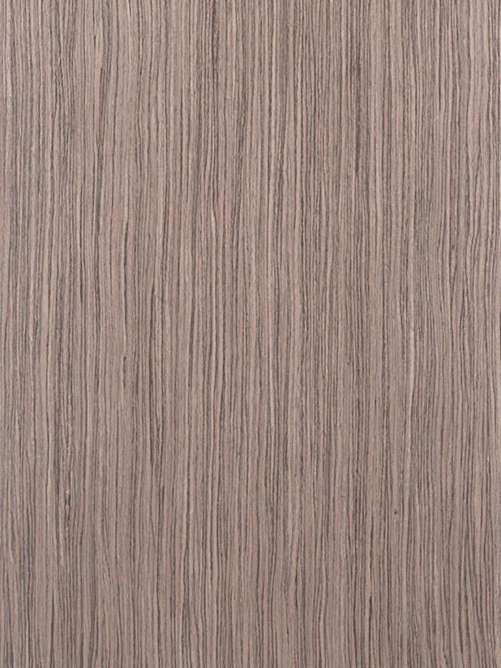 Reconstituted Veneer is a rotary cut veneer created from fast-growing secondary species, then dyed, layered, laminated, and laid up with grain that replicates a natural species. It offers outstanding consistency in color and grain. The pattern for Kalahari was previously owned by an exotic car manufacturer for vehicle interiors and is a one-of-a-kind offering that won’t be produced in the future. This recon veneer is in the grey color range, somewhat resembling Walnut, and can be stained. It is available in 9-foot lengths. Learn About Veneer Cut & Matching
Reconstituted Veneer is a rotary cut veneer created from fast-growing secondary species, then dyed, layered, laminated, and laid up with grain that replicates a natural species. It offers outstanding consistency in color and grain. The pattern for Kalahari was previously owned by an exotic car manufacturer for vehicle interiors and is a one-of-a-kind offering that won’t be produced in the future. This recon veneer is in the grey color range, somewhat resembling Walnut, and can be stained. It is available in 9-foot lengths. Learn About Veneer Cut & Matching -
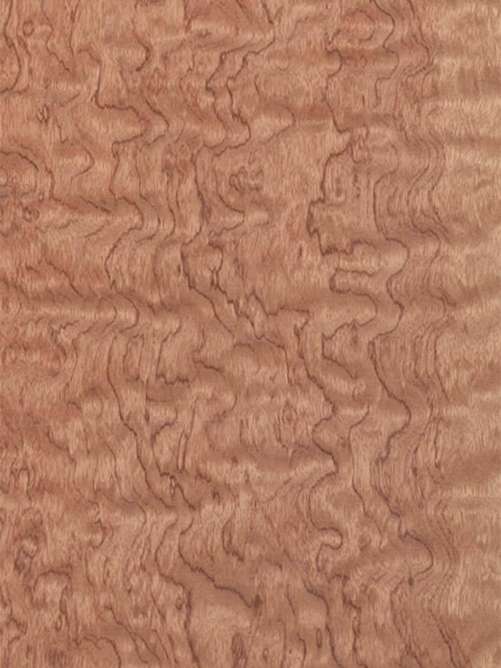 Kevazinga is the name given to Bubinga veneer that has been rotary cut to capitalize on its eccentric grain patterns. This exceptional veneer is red-brown in color; with dark veining, a coarse texture, and a lively, swirly grain interspersed with “peanut” or Pommele markings. Highly sought after for high-end cabinetry and architectural use. Learn About Veneer Cut & Matching
Kevazinga is the name given to Bubinga veneer that has been rotary cut to capitalize on its eccentric grain patterns. This exceptional veneer is red-brown in color; with dark veining, a coarse texture, and a lively, swirly grain interspersed with “peanut” or Pommele markings. Highly sought after for high-end cabinetry and architectural use. Learn About Veneer Cut & Matching -
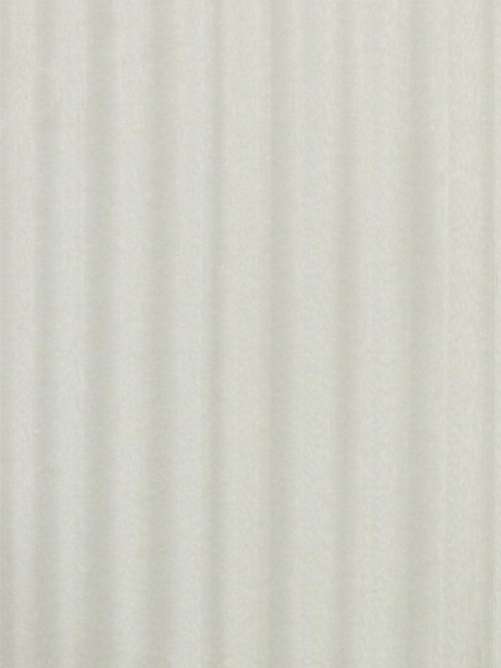 The wood is yellowish-white to cream in color and becomes yellowish-grey when steamed. Sliced veneers are used for door skins and inner surface veneers. The rotary veneer is used for plywood panels and bleaching + dying. Learn About Veneer Cut & Matching
The wood is yellowish-white to cream in color and becomes yellowish-grey when steamed. Sliced veneers are used for door skins and inner surface veneers. The rotary veneer is used for plywood panels and bleaching + dying. Learn About Veneer Cut & Matching -
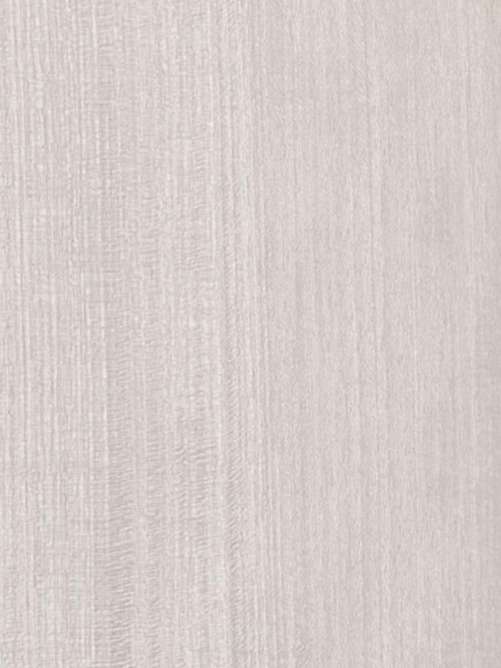 The wood is yellowish-white to cream in color and becomes yellowish-grey when steamed. Sliced veneers are used for door skins and inner surface veneers. The rotary veneer is used for plywood panels and bleaching + dying. Learn About Veneer Cut & Matching
The wood is yellowish-white to cream in color and becomes yellowish-grey when steamed. Sliced veneers are used for door skins and inner surface veneers. The rotary veneer is used for plywood panels and bleaching + dying. Learn About Veneer Cut & Matching -
 Lacewood is an uncommon veneer with conspicuous flecking that resembles lace when quarter cut. Reddish-brown with a silvery sheen, this striking veneer has a straight grain and small flake–the result of cutting through the medullary ray, which is especially pronounced in the species. Lacewood is always quarter cut and can be fumed to a rich chocolate brown. Learn About Veneer Cut & Matching
Lacewood is an uncommon veneer with conspicuous flecking that resembles lace when quarter cut. Reddish-brown with a silvery sheen, this striking veneer has a straight grain and small flake–the result of cutting through the medullary ray, which is especially pronounced in the species. Lacewood is always quarter cut and can be fumed to a rich chocolate brown. Learn About Veneer Cut & Matching -
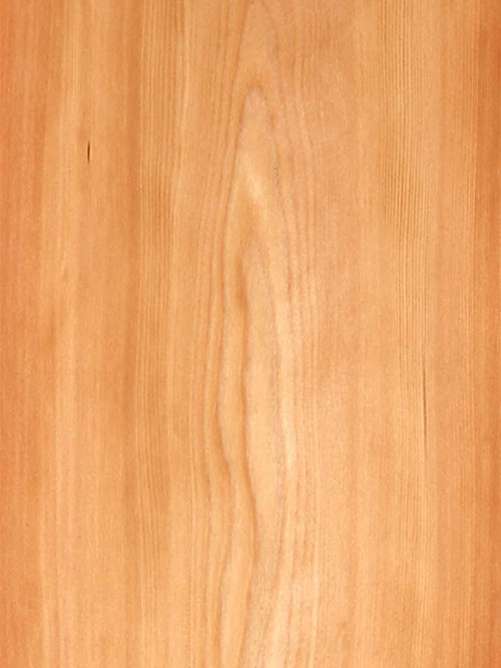 Larch is an exceptionally straight-grained veneer with a reddish-brown heartwood and thin, yellow-white sapwood. This tall, straight tree grows to exceptional heights, producing long lengths of clear veneer, primarily from the heartwood of the tree. Fumed, the typically medium colored wood turns a rich, dark, chocolate brown color reminiscent of African or tropical woods. Learn About Veneer Cut & Matching
Larch is an exceptionally straight-grained veneer with a reddish-brown heartwood and thin, yellow-white sapwood. This tall, straight tree grows to exceptional heights, producing long lengths of clear veneer, primarily from the heartwood of the tree. Fumed, the typically medium colored wood turns a rich, dark, chocolate brown color reminiscent of African or tropical woods. Learn About Veneer Cut & Matching -
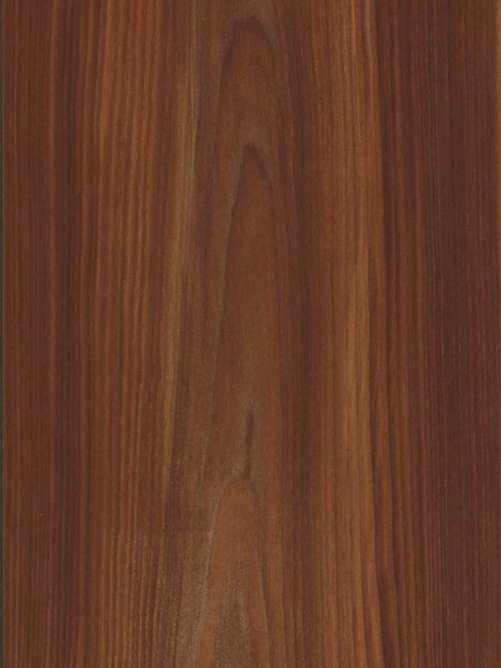 Larch is an exceptionally straight-grained veneer with a reddish-brown heartwood and thin, yellow-white sapwood. This tall, straight tree grows to exceptional heights, producing long lengths of clear veneer, primarily from the heartwood of the tree. Fumed, the typically medium colored wood turns a rich, dark, chocolate brown color reminiscent of African or tropical woods. Learn About Veneer Cut & Matching
Larch is an exceptionally straight-grained veneer with a reddish-brown heartwood and thin, yellow-white sapwood. This tall, straight tree grows to exceptional heights, producing long lengths of clear veneer, primarily from the heartwood of the tree. Fumed, the typically medium colored wood turns a rich, dark, chocolate brown color reminiscent of African or tropical woods. Learn About Veneer Cut & Matching -
 Lacewood is an uncommon veneer with conspicuous flecking that resembles lace when quarter cut. Reddish-brown with a silvery sheen, this striking veneer has a straight grain and small flake–the result of cutting through the medullary ray, which is especially pronounced in the species. Lacewood is always quarter cut and can be fumed to a rich chocolate brown. Learn About Veneer Cut & Matching
Lacewood is an uncommon veneer with conspicuous flecking that resembles lace when quarter cut. Reddish-brown with a silvery sheen, this striking veneer has a straight grain and small flake–the result of cutting through the medullary ray, which is especially pronounced in the species. Lacewood is always quarter cut and can be fumed to a rich chocolate brown. Learn About Veneer Cut & Matching -
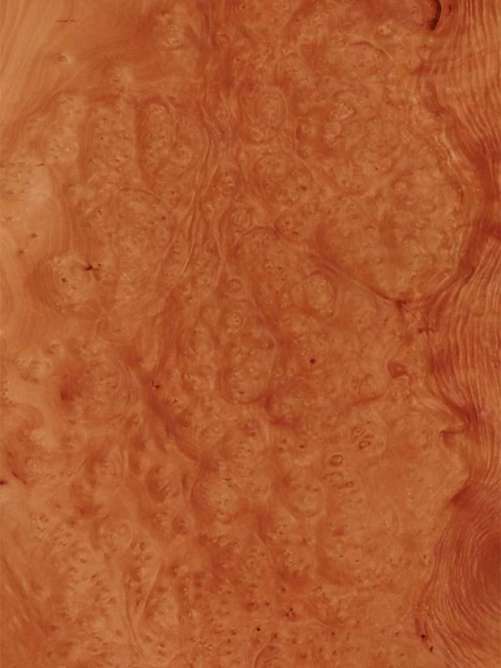 A very little veneer is produced from the trunk, but large growths at the base of the madrona produce this remarkable burl veneer. In what some believe looks like an overhead view of a hilly landscape intertwined with waterways of swirly grain, this warm, inviting, and the choice veneer is highly sought after for high-end architectural installations and custom millwork. Learn About Veneer Cut & Matching
A very little veneer is produced from the trunk, but large growths at the base of the madrona produce this remarkable burl veneer. In what some believe looks like an overhead view of a hilly landscape intertwined with waterways of swirly grain, this warm, inviting, and the choice veneer is highly sought after for high-end architectural installations and custom millwork. Learn About Veneer Cut & Matching -
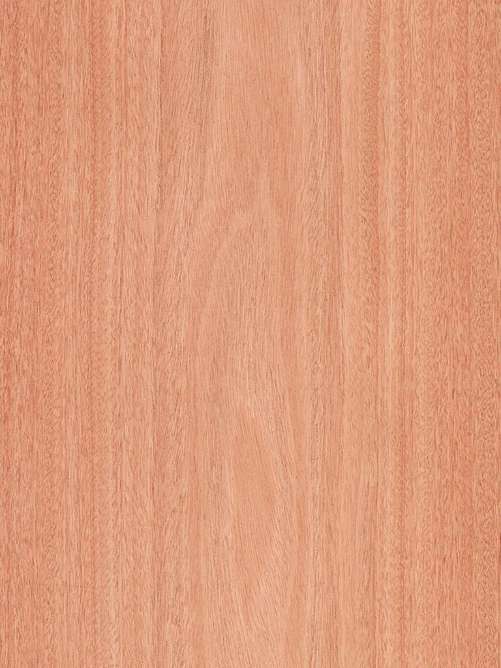 Equally apt in contemporary, global, and traditional settings, mahogany has been traded from African ports for hundreds of years. Typically red to red-brown, and darker than South American mahoganies, this species often develops a plain to ropey stripe and may be marked with highly decorative cross figuring. Crotch veneers with vivid, flame-like patterns are one of nature’s most beautiful works of art. Learn About Veneer Cut & Matching
Equally apt in contemporary, global, and traditional settings, mahogany has been traded from African ports for hundreds of years. Typically red to red-brown, and darker than South American mahoganies, this species often develops a plain to ropey stripe and may be marked with highly decorative cross figuring. Crotch veneers with vivid, flame-like patterns are one of nature’s most beautiful works of art. Learn About Veneer Cut & Matching -
 Equally apt in contemporary, global, and traditional settings, mahogany has been traded from African ports for hundreds of years. Typically red to red-brown, and darker than South American mahoganies, this species often develops a plain to ropey stripe and may be marked with highly decorative cross figuring. Crotch veneers with vivid, flame-like patterns are one of nature’s most beautiful works of art. Learn About Veneer Cut & Matching
Equally apt in contemporary, global, and traditional settings, mahogany has been traded from African ports for hundreds of years. Typically red to red-brown, and darker than South American mahoganies, this species often develops a plain to ropey stripe and may be marked with highly decorative cross figuring. Crotch veneers with vivid, flame-like patterns are one of nature’s most beautiful works of art. Learn About Veneer Cut & Matching -
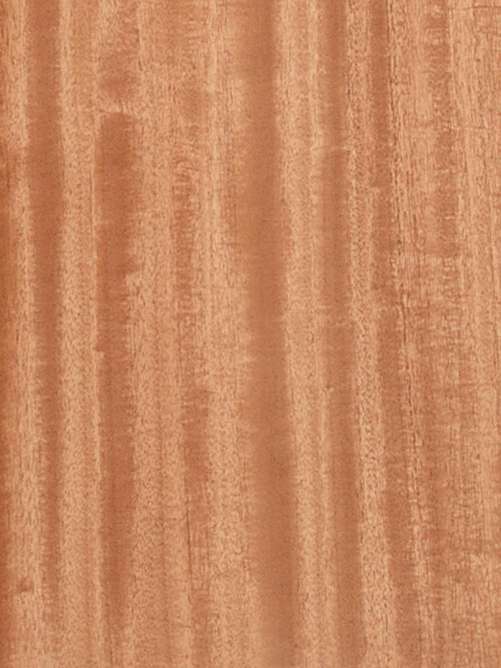 Equally apt in contemporary, global, and traditional settings, mahogany has been traded from African ports for hundreds of years. Typically red to red-brown, and darker than South American mahoganies, this species often develops a plain to ropey stripe and may be marked with highly decorative cross figuring. Crotch veneers with vivid, flame-like patterns are one of nature’s most beautiful works of art. Learn About Veneer Cut & Matching
Equally apt in contemporary, global, and traditional settings, mahogany has been traded from African ports for hundreds of years. Typically red to red-brown, and darker than South American mahoganies, this species often develops a plain to ropey stripe and may be marked with highly decorative cross figuring. Crotch veneers with vivid, flame-like patterns are one of nature’s most beautiful works of art. Learn About Veneer Cut & Matching

